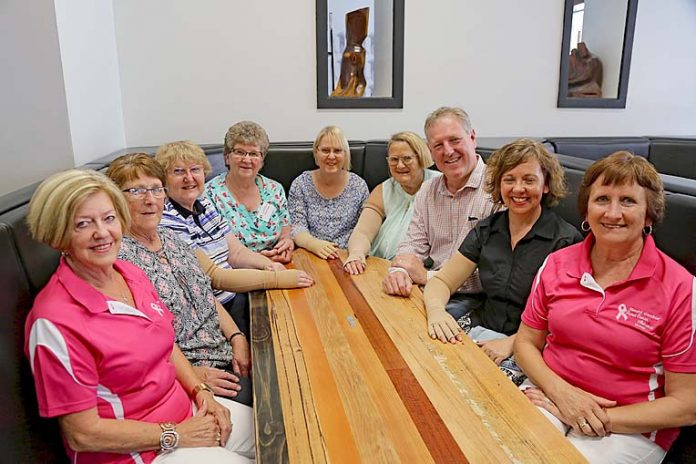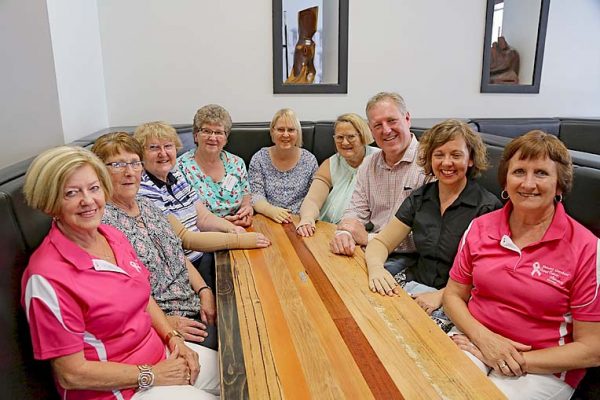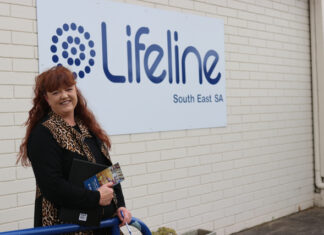

THE impact of breast cancer-related lymphoedema continues to hurt patients financially, physically and mentally years after their diagnosis, according to the head of a South Australian support group.
Although individuals have survived cancer, they continue to face high health care costs in the years following, due to escalating physiotherapy bills and in South Australia, no subsidies for compression garments.
March marks Lymphoedema Awareness Month, which seeks to encourage everyone involved in lymphoedema management, research and education to contribute their voice to raising awareness of the little-known disease.
Around 2300 South Australians suffer from lymphoedema, which is fluid retention and tissue swelling caused by a failure in the lymphatic system.
Cancer survivors are among the biggest cohort of lymphoedema patients, with a majority being breast cancer survivors.
Lymphoedema Support Group of SA president Monique Bareham, who wears a glove and a sleeve as a result of the disease, said the cost of compression clothing prohibited many patients from treating and managing the condition, many patients.
Ms Bareham said garments ranged from $80 to several hundred dollars.
“I talk to people around South Australia who are trying to find close to $1000 every six months to cover it,” she said.
“It is recommended to replace the garments every six months because they deteriorate and eventually loses effectiveness.
“My pair costs about $600 to $700 every six months and I cannot afford that, so I do what everybody does – I make it stretch as far as possible.
“I know people that literally just do not get them.”
Ms Bareham said many lymphoedema patients needed to wear compression garments 24 hours a day to manage a build up of fluid in their arms or legs.
“If you do not manage it correctly, your condition continues to worsen,” she said.
“The limb itself will change, more fluid builds up and it becomes more swollen and over a longer period of time, fibrosis starts to happen.
“When the skin starts to deteriorate, there’s something we see called leaky legs or arms where the fluid literally starts leaking out of the arms and legs.”
Ms Bareham said the psychosocial impact of lymphoedema was another significant but unexplored area.
“Lymphoedema is a constant reminder of the cancer journey and it makes it more difficult for people to overcome some of the psychological issues around that time,” she said.
Ms Bareham called for dedicated public lymphoedema services and encouraged the State Government to continue their business case investigation into a subsidy scheme.
“Like any chronic condition, people with lymphoedema need to learn how to manage their condition but they need access to specialists to help them,” she said.
“Many people in South Australia affected by lymphoedema do not have access to services or subsidies because of the financial barriers, which means their condition is left to a point where they end up in emergency departments with complications that could be avoided.
“Our argument is that it actually costs the public purse less to diagnose early, education people to self-manage their condition and to support them with the services and garments they need so they have a better quality of life.”





